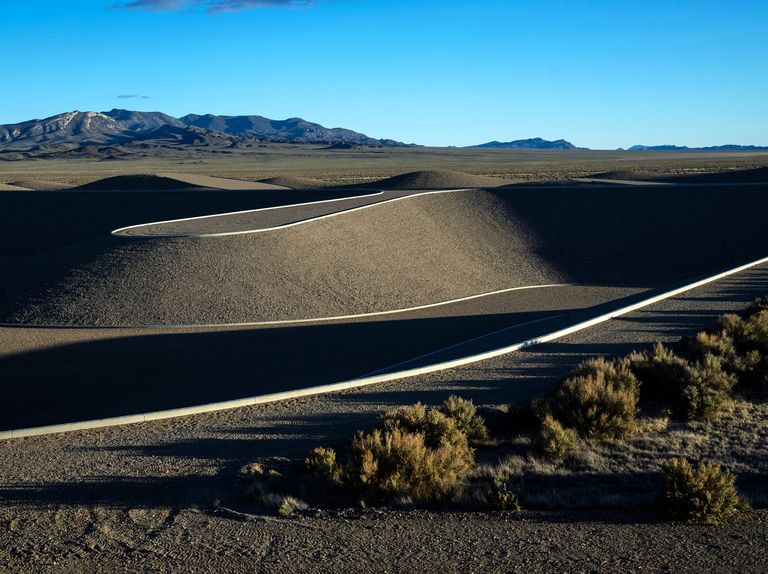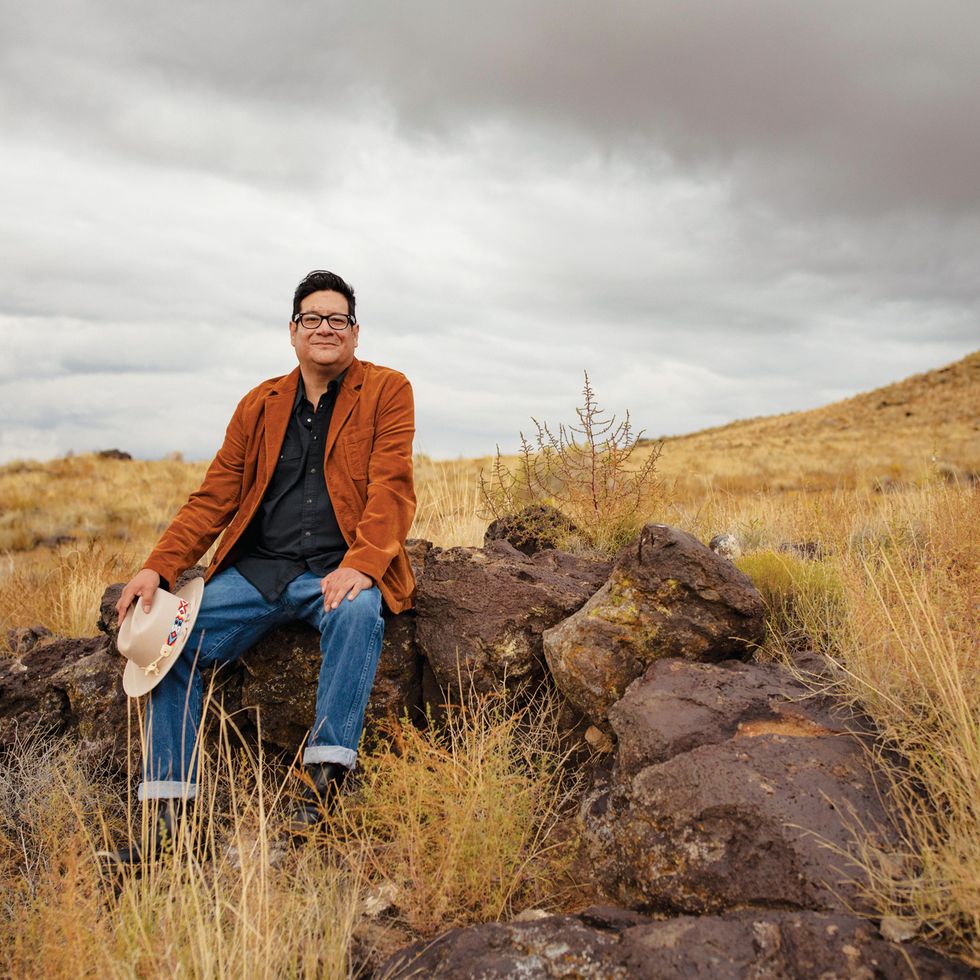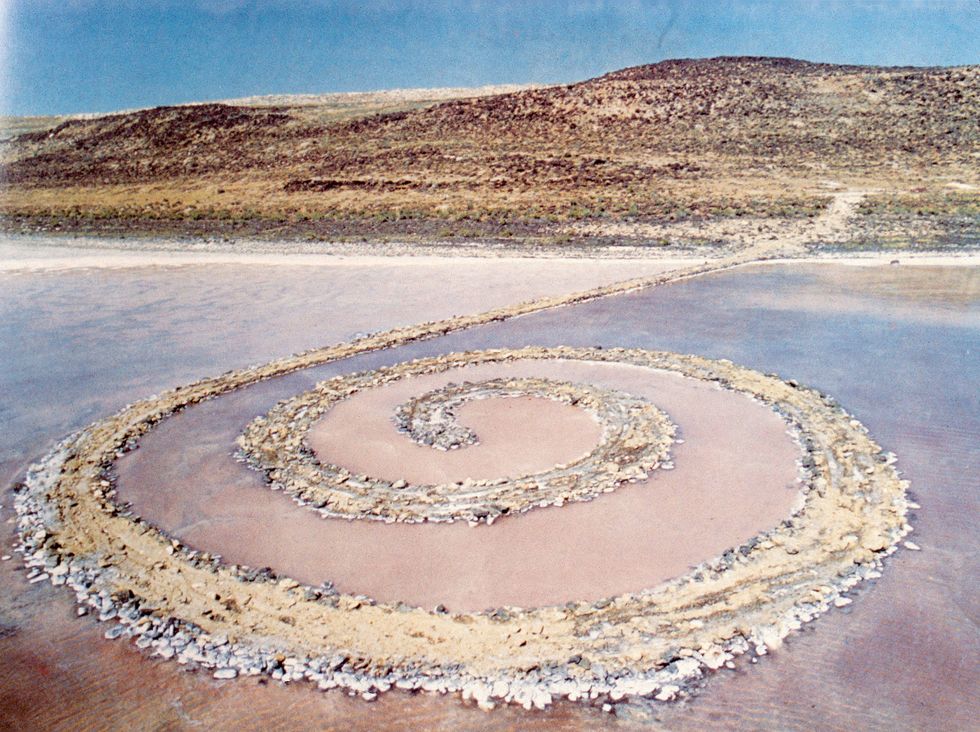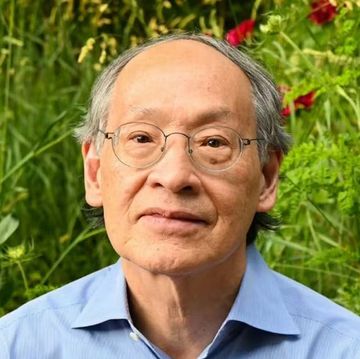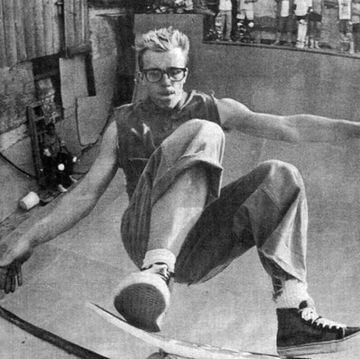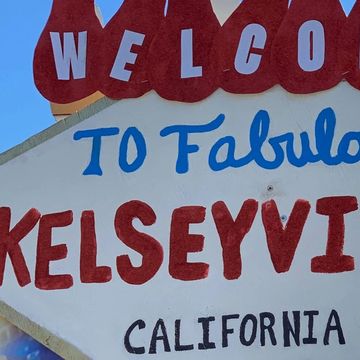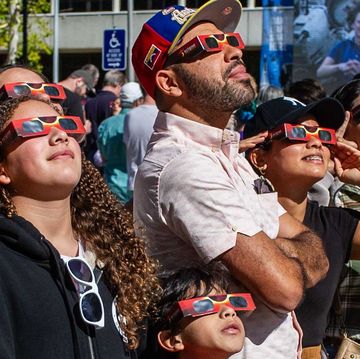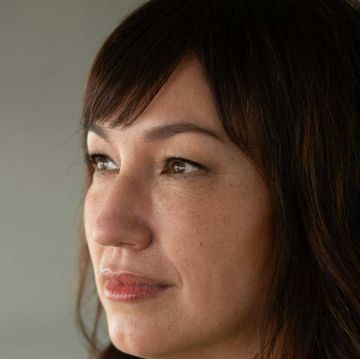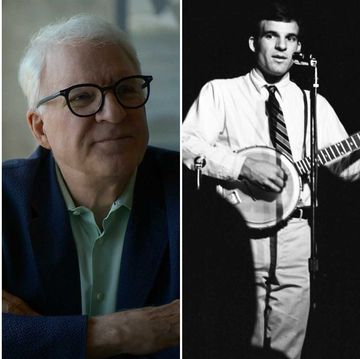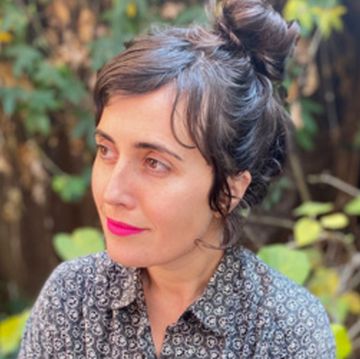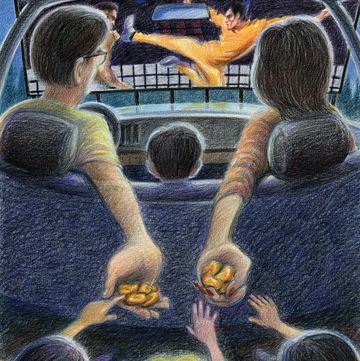The first time I encountered the concept of “land art” was during an art history course I took at the University of New Mexico in 2013. It was there that I saw images of Robert Smithson’s land art piece Spiral Jetty, which sits in the Great Salt Lake in Utah. The 15-by-1,500-foot sculpture struck me as interesting but not terribly arresting. Much as I had with Maya Deren’s experimental films and David Gatten’s placement of film underwater in a crab trap to literally find out What the Water Said, Nos. 1–3 (1998), I cataloged Spiral Jetty as another eccentric type of art by a white person I had never heard of before. It didn’t resonate with me like a Jean-Luc Godard film or a T.C. Cannon painting, but it taught me a valuable lesson: people were out there doing far-out shit.
My dad is a Comanche artist who paints primarily “traditional” types of Indigenous art. I hate that word “traditional,” but it’s the easiest way to describe someone who depicts Indigenous people in powwow regalia, often on horseback. He actually paints in the Bacone School style, if you want to be specific. Think of the representational images of, say, the Kiowa Six but with movement. So while I have an art background, I was not familiar with what I consider to be this white type of conceptual art that was born out of a reaction to the inherent limits of gallery exhibits. My dad’s art is more a celebration of culture and history, not a rebellion against…something, which land art seems to be. Land art struck me as a very particular type of white art, hubristic in nature. To create this art, you carve out, dig into, or brand your mark on a parcel of land, driven by a singular vision. It seems like another white man making his mark on the land, on a property.
The first time I heard the word “property” in a sentence, or rather, really heard it, was when a white woman I was dating referenced a place she thought was pretty. “It’s a really nice property.”
Property. What a weird way to describe a place. A parcel of land that someone owns. The word still resonates in an awkward way in my mind. When I talk about someone’s space or place, for instance, I never use the word “property.” And it’s not even on purpose; it’s just not the way I talk about or see things. And I don’t consider myself a super traditional Comanche-Muscogee person in everyday life and in conversation with other non-Indigenous folks. I just never thought about the difference in how I see things in this specific way, with specific language (or rather, not with specific language), until that moment.
Property. For a brief second, I was like, Of course, it is someone’s parcel of land that they own; this is how the adult world speaks of those who own things, people who own “property” or come from “property”; I must learn this if I want to succeed in the world. But then I thought, Well, no, this isn’t how I speak. Perhaps because I myself don’t own anything. This is not a judgment, and the white lady who said this is incredibly sweet, with a huge heart. I supposed it’s just the way white people talk: they understand the business of owning things and have been conditioned to view the world that way. It’s not their fault they view the world in square footage.
Land art is property. It needs property to be purchased for it to sit upon, and it’s one person’s vision realized. It’s their property.
I’ve always had a small war inside me, between the two tribes that make me who I am. My father’s people and the tribe I’m enrolled in (because the federal government makes me choose only one), the Comanche people, were nomadic and operated and conquered vast swaths of land in the Southern Plains. Lords of the Southern Plains, it says on our flag and tribal seal, a seal my father created, based on peyote colors. In our heyday, our territories extended south into Mexico and north to present-day Kansas. We used to trade with Pueblo people in New Mexico, to the west; there are Pueblo dances to this day that are named after us. We were warlike, horse people, conquerors.
My mother’s people, the Muscogee, were not like that. Originally from the southeastern part of the United States, they were relocated to the eastern part of Oklahoma via the Trail of Tears. The resilient Muscogee people are now enjoying somewhat of a cultural renaissance thanks to Sterlin Harjo’s excellent television show Reservation Dogs. Harjo bases the Indigenous characters smack-dab on the Muscogee reservation, and they regularly use Muscogee language and reference Muscogee culture. Ironically, a Muscogee reservation did not exist during the earliest days of the show’s conception; that would come later via the Supreme Court’s 2020 McGirt decision, which reestablished much of eastern Oklahoma as Indigenous land.
The concept of land itself can be complicated—who owns it, who gets to decide who owns it, and who gets to create art directly integrated upon it. But also, in terms of mapping, how Oklahoma in particular can be Comanche and Muscogee homelands at the same time, depending on time and place and how you look at it. When it comes to land acknowledgments, it is challenging to include the Comanche people. Land acknowledgments were not really made for tribes like the Comanche.
This article appears in Issue 22 of Alta Journal.
SUBSCRIBE
The reason I bring these things up is that Indigenous people are not all completely alike. We are not a monolith, in culture or thinking, although it’s probably easier to think of us that way. While we have the shared experience of forced colonization, just within the tribes that make me up are two very different cultures. The two tribes couldn’t be more different.
And when it comes to land art, I have to approach what I think about it from this lens. What would my own empire-building Comanche people think of it? We were not shy, we were not ones to care about judgment, and we were definitely not giving a fuck about what white people thought as we raided their settlements and stole their horses. And yet, as empire builders, we didn’t really stick around long enough to care about this concept of land art or leaving our permanent mark on the land. We certainly didn’t stick around any place long enough to create anything monumental. The closest thing to land art that we did is rock art at the Rio Grande Gorge, near Taos, New Mexico, which you could count as land art, but honestly, not really.
Muscogee people, the more peaceful side inside me, were mound-building people. They were some of the original land artists, having built mounds like those at present-day Ocmulgee Mounds National Historical Park, in Macon, Georgia. There are also the great Cahokia mounds, built by Mississippians. Southeastern tribal peoples were mound builders. Both Cahokia and Ocmulgee were functional in design; Cahokia was a large city, and Ocmulgee mounds were ceremonial, funerary, and places (not property) where the chief and second chief would have lived. They served purposes.
These mounds are a stark contrast to Michael Heizer’s recently unveiled City and other land works in progress like James Turrell’s Roden Crater and Charles Ross’s Star Axis. City seems to be an homage to functional spaces, places built collectively, but in execution, it is one white person’s vision. City was created with intention. It is geared toward art lovers, and only six of those lovers can visit per day. It is exclusive. It is a mile and a half long and is considered one of the largest artworks ever built. It’s built within the ancestral lands of the Southern Paiute and the Western Shoshone. It cost $40 million to build. It is, like most things born out of the concept of manifest destiny, set in the West, in Nevada. It is hubris in art form.
Mount Rushmore is perhaps the most hubristic of white men’s land art projects, at least in regard to Indigenous people. The monument is an affront to Lakota culture: a celebration of white men colonizers carved into a sacred area (not property) of the Lakota people, the Black Hills. Chris Eyre’s excellent film Skins (2002) addresses the offensive placement of this sculpture. A character in the film wants to blow up George Washington’s face; well, of course he would—I wouldn’t want a United States president staring down on me in my tribal territory either.
Spiral Jetty creator Smithson died at the very young age of 35 flying over one of his new, burgeoning earthworks in Amarillo, Texas. “Find what you love and let it kill you,” as the phrase usually attributed to Charles Bukowski goes. For land artists, for whom permanence seems to be a top priority, Smithson did just that. He is now remembered in life and in death. What is it that pushes U.S. land artists to make their mark on lands that have already been occupied for many generations before them? What is the sense of duty that pushes them to create on spaces that have already been created and lived on? Is it homage? Fascination? Hubris? Perhaps all three? Is it an attempt for them to make sense of it all and how they fit into this universe? As an Indigenous artist and critic, I myself would like to know, why would one person create something so bombastic on a land that doesn’t ask for it? Is it simply to say, I too was here? •
Jason Asenap is a Comanche and Muscogee Creek writer, critic, and filmmaker based in Albuquerque, New Mexico.
